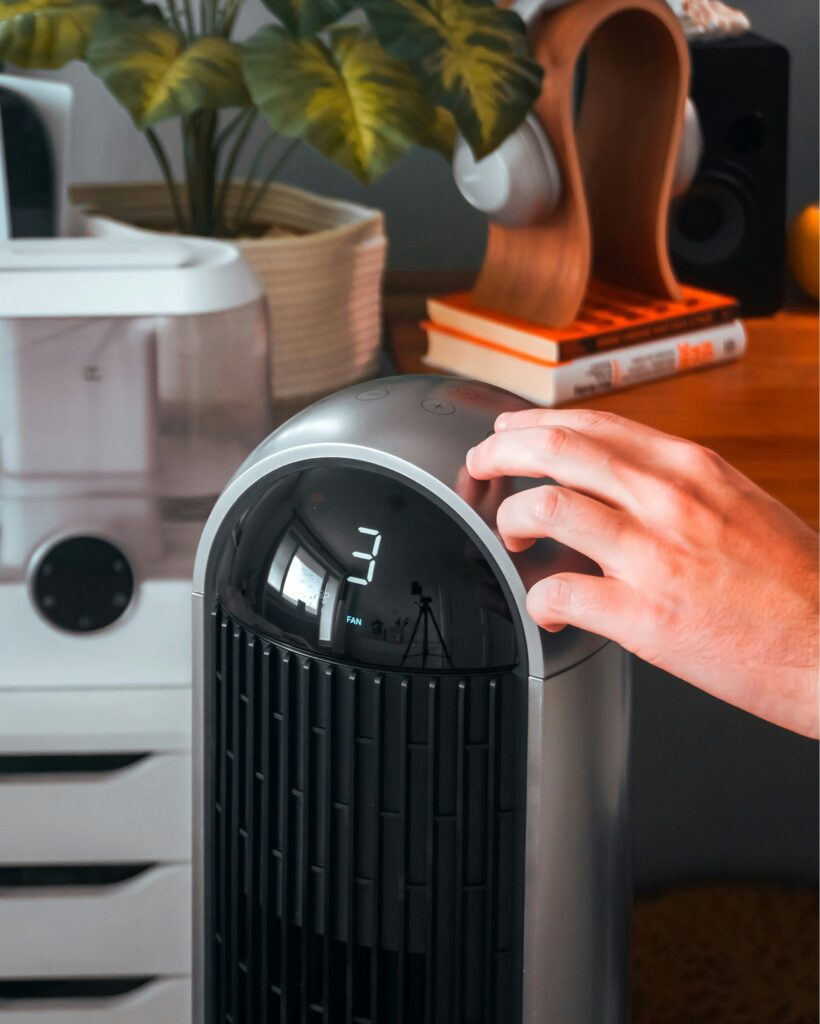Blog
Will Colorado Move Away From Swamp Coolers?

In Albuquerque, public schools are investing $40 million to replace swamp coolers with air conditioning. As summer temperatures and humidity rise, folks in Colorado are starting to ask, are we next?
The Short Answer: Is Colorado Ready to Say Goodbye to Swamp Coolers?
It’s possible that Colorado will follow Albuquerque’s lead in the future. But for now, swamp coolers still work well in our drier regions. Like most HVAC decisions here, it depends on where you live and what you need.
Albuquerque’s $40 Million Shift: A Sign of Things to Come?
In Albuquerque, the writing’s on the wall; or maybe in the rising humidity. The public school system is spending a hefty $40 million to replace swamp coolers with air conditioning across 20 campuses, according to The Washington Post. What’s driving that decision? Summers are no longer just dry and scorching—they’re getting muggy. During monsoon season, moisture hangs in the air long enough to render evaporative cooling nearly useless. And Albuquerque isn’t alone: cities like Las Vegas have already banned swamp coolers in new commercial builds. For those of us in Colorado, it’s a wake-up call worth paying attention to.
Swamp Coolers vs. AC: What’s the Real Difference?
Here’s the quick breakdown:
- Swamp Coolers: Work by pulling dry, hot air through moist pads, cooling it down as it evaporates. That’s why they thrive in places where the humidity stays low.
- Air conditioners: Use refrigerants to cool and dehumidify your indoor air, making them far more reliable when things get sticky.
Why Swamp Coolers Still Work in Many Parts of Colorado
Not every part of Colorado is headed for an AC takeover. If you’re living in the drier zones, like parts of the Front Range or high-altitude towns, swamp coolers still get the job done. Our air tends to stay below 50% humidity, especially in the early summer months, which makes evaporative cooling surprisingly effective. And let’s not ignore the numbers: swamp coolers use a fraction of the electricity, which can make a real dent in Colorado HVAC system costs over the long haul.
What’s Changing and Why Colorado Might Follow
The catch? Our weather’s shifting. We’re seeing longer heat streaks and stickier late-summer days that make swamp coolers less dependable. That’s the same pattern Albuquerque schools responded to, and what’s happening there could easily play out here.
Urban growth, climate pressure, and the demand for year-round comfort are driving more folks to consider traditional air conditioning. And while that means more upfront cost, especially if you’re also choosing the right HVAC unit size, the payoff is consistent comfort when things turn unpredictable.
A Few Smart Moves for Colorado Homeowners
If you’re on the fence about your setup, start by checking your local humidity levels. A basic hygrometer can tell you a lot. And don’t overlook hybrid options, some households use swamp coolers early in the season, then switch to AC when the monsoons roll in. Not sure where to start?
Final Thought: The Bottom Line on Cooling Smarter in Colorado
Colorado’s not ready to toss out swamp coolers just yet; but we’d be wise to keep an eye on the forecast. As climate patterns shift and summers get longer, hotter, and more humid, the systems that kept us cool ten years ago may not cut it tomorrow.
What works in Durango might not work in Denver, and what’s fine in May might be less effective by August. That’s why your cooling setup shouldn’t be one-size-fits-all.
